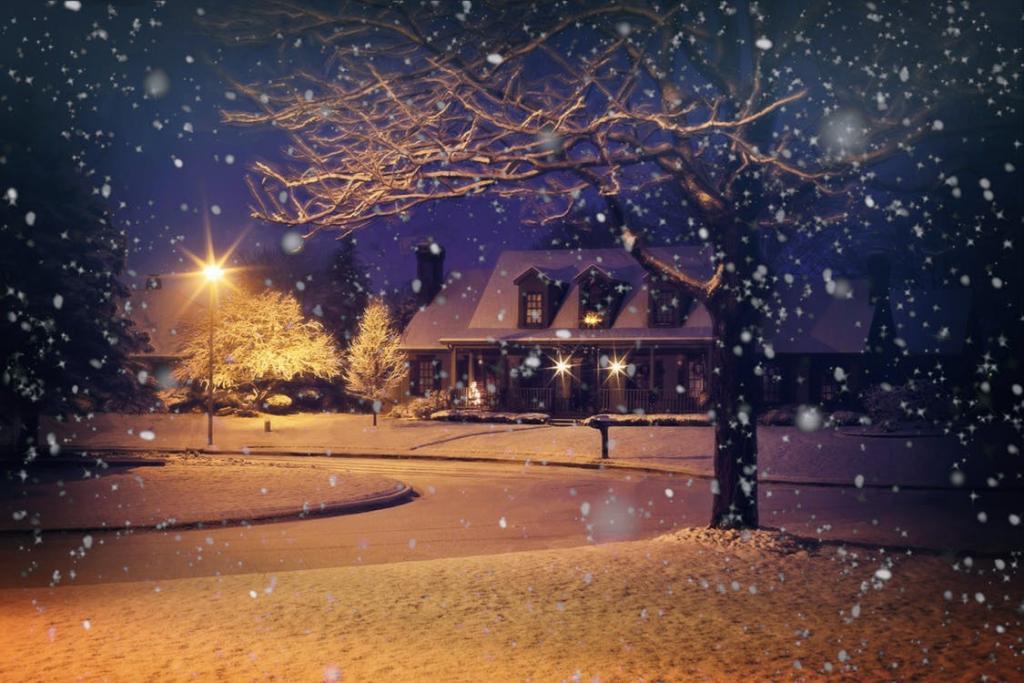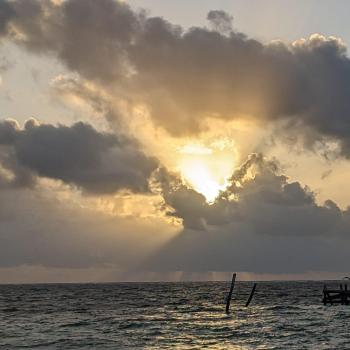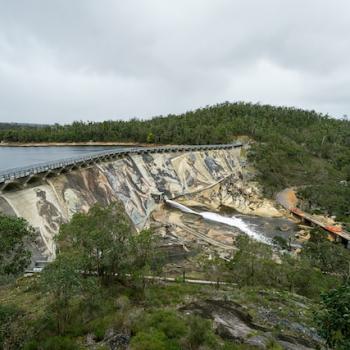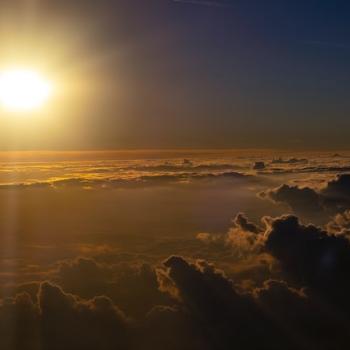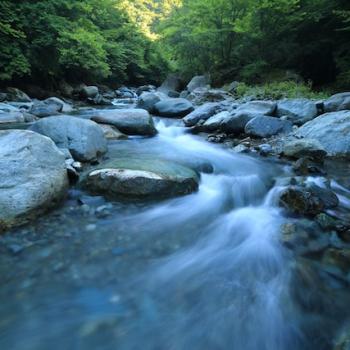My neighbor and I wave to each other through the trees, though we don’t even know each other’s name. After a snowstorm, we worm our way out. I admit it’s comforting to see another in the open, leaning on his shovel, his breath clouding as he looks again to the sky. There’s something primal in knowing that we each have a fire we huddle around. I love clearing the path to our door and leaving the light on.
But if my fire should go out, would he let me in? And for how long? This is a uniquely human dilemma. We struggle with it every time we look away from the homeless. Different cultures have different ways of holding the question. The Balinese leave food on their steps for the kind stranger they’ve yet to meet. The Connecticut Yankee trains his daughter in etiquette and social registry. This is still different from the Holocaust survivor who leaves the door open for an angel he’s never seen while guarding against every noise. I lean on my shovel in the snow and my neighbor waves back. For which I am glad. And today, I don’t feel the need to know his name or story. Yet isn’t it in the steps between our friendly wave and our life around the fire that the work of real community waits?
On the raw side of this question is the moment Elie Wiesel recalls of the Holocaust death march he and thousands were forced to make in the ice and snow of the eastern European night; forced to run barefoot for hours toward Buchenwald. In anticipation of the Allied forces, the SS butted and pistol-whipped the emaciated prisoners on and on. Anyone who slowed or stopped was trampled. Those who fell were shot. In the midst of this hell, a poor soul near Wiesel stumbled to the hard ground. Others nearby fell on top of him. But why? Because they knew he would be killed? Because without thinking they hoped that the SS wouldn’t know which of them to shoot? Because some in their exhaustion were ready to surrender their broken lives to keep the bullet from ending his life? There was too much chaos in the air. The guards just beat them all till they got to their feet.
Of all the harrowing, awful, and poignant events Wiesel witnessed as a fifteen-year-old, this small anonymous moment of community is what has stayed with me. I imagine it at the oddest times, while driving home in the rain, while walking our dog in the light snow. It won’t let go of me. I think it is a painful koan that holds the essence of community. As kind and brave as it is brutal, this moment is a testament to the lengths we’ll go to care for each other, if led or pushed to our true nature. In such pain, in such desperate circumstances, in a frame of mind beaten and starved into numbness, what made these men throw their lives into a pile of compassion? This is real knowledge we need to understand. For doesn’t the strength of true community wait in the space between us and the fallen?
From waving through the trees to sharing food around our fire to throwing our lives down to protect the fallen, the human experiment of living together roots and blossoms, if we can survive breaking ground.
A Question to Walk With: The Dalai Lama has called kindness a religion. Bring four or five friends together. In conversation, have each of you describe an ancestor you admire in the lineage of kindness.
This excerpt is from my new book, More Together Than Alone: Discovering the Power and Spirit of Community in Our Lives and in the World, which will be published next month by Atria Books.
*photo credit: Pixabay


